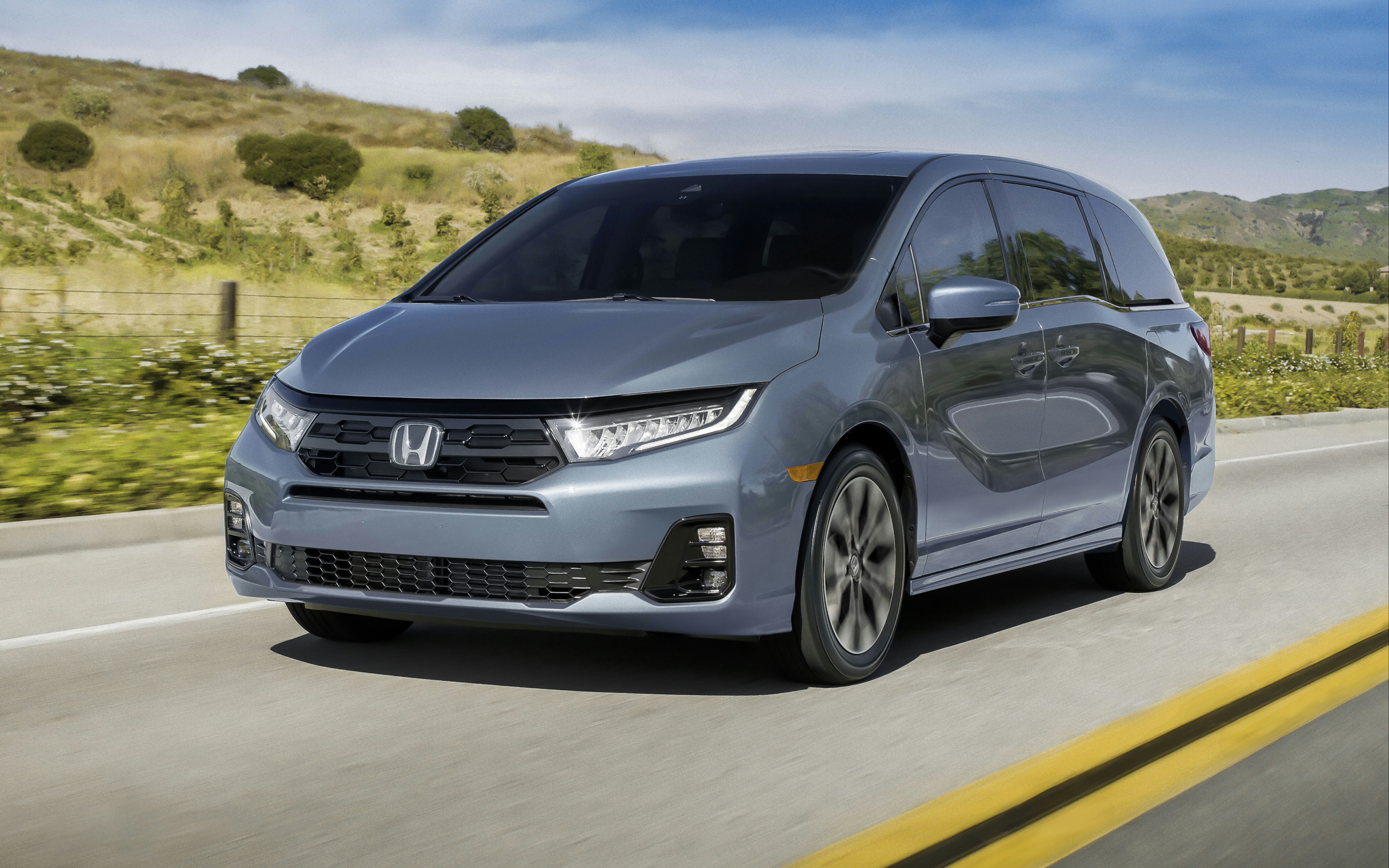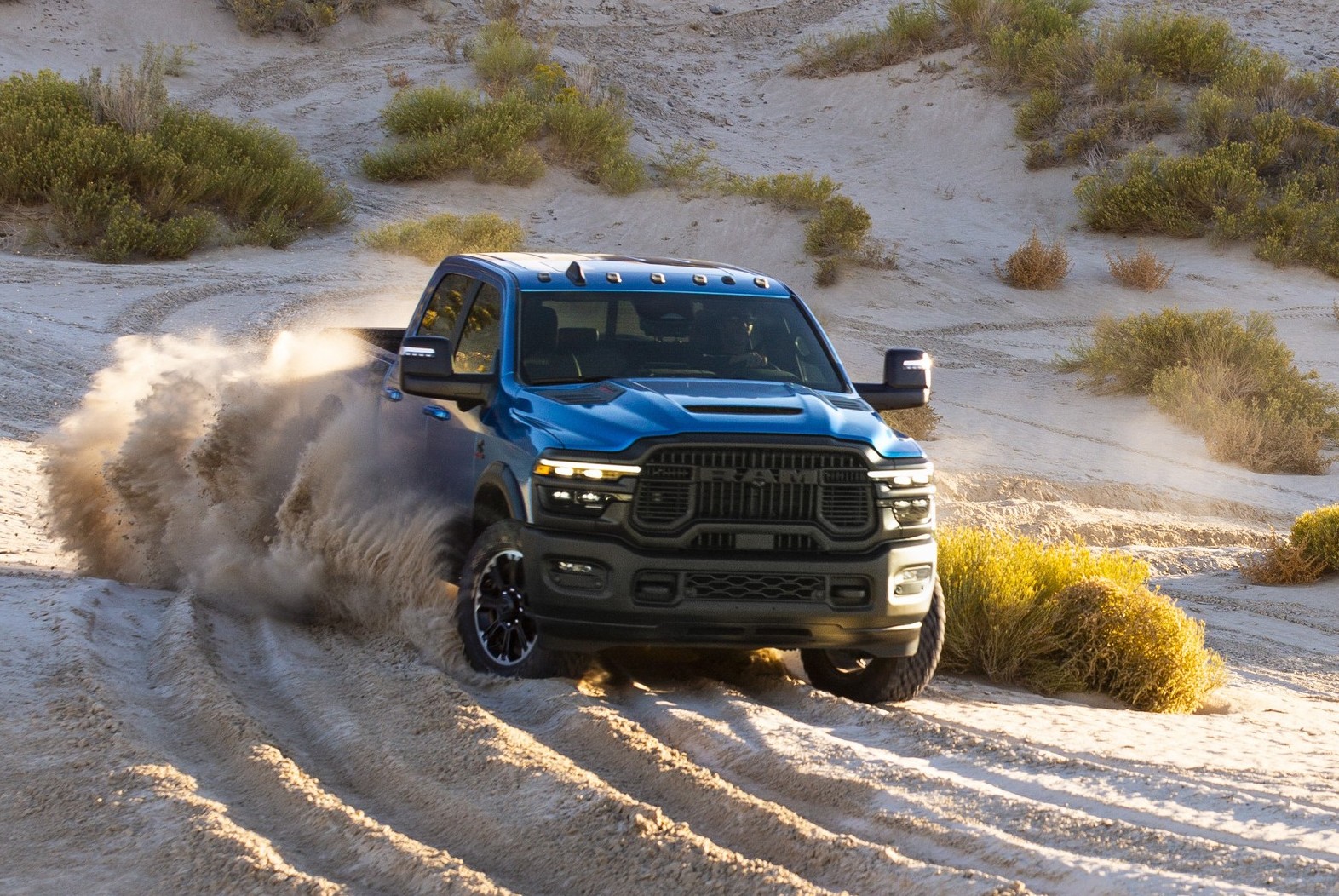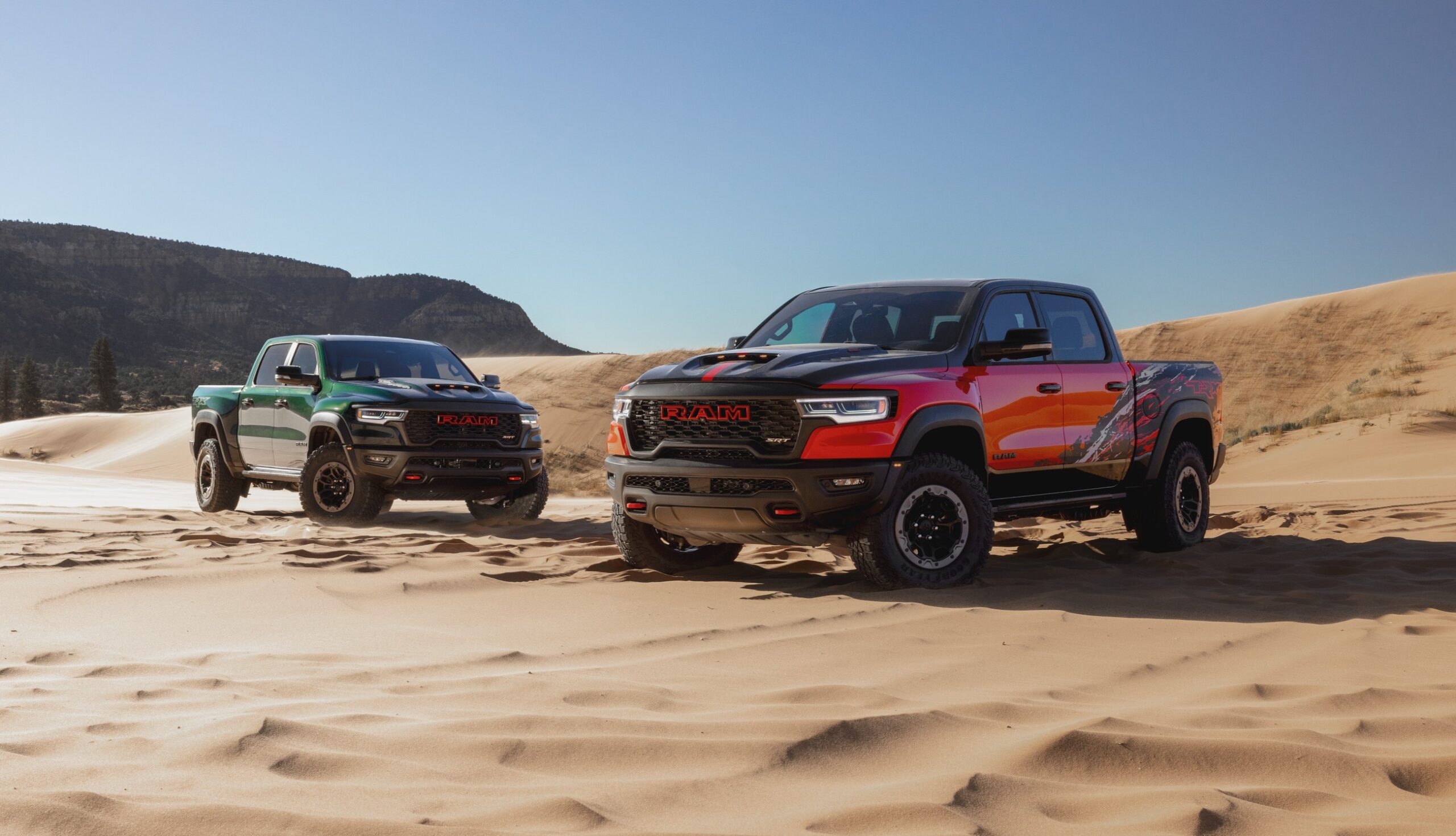(NOTE: This Subaru Solterra is a 2023 model year. Driving impressions apply to the 2023 to 2025 models. However, the charging impressions only apply to the 2023 model. 2024 and 2025 Solterras have improved charging thanks to an upgraded battery conditioning system.)
When the time came to put my mom into a battery-electric vehicle, we knew Subaru had to be in the mix. The Forester got her hooked on the brand, and leaving them out was not an option. As a result, the Solterra joined the mix of vehicles we cross-shopped to replace the Forester. After several test drives and poking dashboards, it won out and earned its place in our garage. We have just over a year left until the lease ends, and everyone is still loving the Solterra. Why should you consider this electric SUV? Despite its quibbles, there are plenty of reasons to love this quirky ride.

Subaru Solterra: Smooth and Easy
One of the aspects that drew us to the Solterra was its car-like driving experience. It retains the elevated seating position, but its low center of gravity keeps body motions minimal even through turns. As a result, the car also handles relatively well and will happily take on winding roads without any fuss. Light steering with decent weight and accuracy makes this electric SUV so easy to drive every day. Additionally, its softly tuned suspension does a great job of dealing with road imperfections. However, be mindful of models equipped with 20-inch wheels because you’ll feel harsher impacts more.
The Solterra’s standard AWD system offers plenty of grip on pavement. In most driving scenarios, it splits power equally between the front and rear axles. Power mode causes the system to distribute power more proactively, and it’ll even overdrive the rear wheels, allowing the rear end to rotate controllably during spirited driving. Meanwhile, Eco mode defaults to a FWD bias, relying mainly on one motor to minimize energy consumption and only activates the rear when needed. For off-road driving, Subaru’s X-Mode system comes in handy, and it even includes Grip Control, a type of low-speed assist similar to Crawl Control found in some Toyota vehicles.
The Solterra continues the smooth drive with its dual-motor powertrain. Although 215 hp and 249 lb-ft of torque may not seem much for a 4,505-pound crossover, the Solterra moves confidently. The immediate responses also help the Solterra get going without any fuss, especially with its instant torque. Its braking continues the smoothness with seamless transitions from regenerative to mechanical braking and a nice pedal feel. Additionally, four levels of regeneration and a regeneration boost mode give drivers added control when slowing down, but not full one-pedal driving.
Plugging In and Hitting the Road
When it’s time to hit the road in the Solterra requires some planning. Driving range checks in at an EPA-estimated 222 miles for the Limited and Touring trims, or 228 miles for the Premium. In real-world driving, we constantly get 230 to 250 miles, depending on the season. We achieve this through driving efficiently while keeping up with traffic and using the climate control system’s Eco setting. The latter does a fantastic job of keeping everyone comfortable without using too much energy. A standard heat pump helps ensure efficient vehicle operation by transferring heat from other sources, including outside air, to maintain your ideal cabin temperature. However, these still trail many competitors from Hyundai, Kia, Volkswagen, Ford, and Honda.
Perhaps the biggest quibble with the Subaru Solterra revolves around charging. A 2023 Touring like ours has a 100-kW peak DC charging rate and lacks functions like battery preconditioning. As a result, DC charging from 10 to 80% took about an hour. Additionally, it doesn’t help that the 72.8-kWh battery’s charging curve tapers down quickly, causing those charging stops to take longer. The 2024 and 2025 vehicles received an upgraded battery conditioning system that reduced the 10 to 80% DC charge time to 35 minutes under ideal conditions. Thankfully, Subaru has addressed these in the refreshed 2026 Solterra, which receives plug-and-charge capability, the NACS port, battery preconditioning, and a new 74.7-kWh battery.








Practical and Stylish
One look at the Solterra and it’s clear that it’s the cousin to the Toyota bZ4X (renamed bZ for 2026). Details like c-shaped LED daytime running lights and taillights, a grille outline, and unpainted plastic cladding help distinguish the Subaru from its Toyota platform mate. Conversely, that angular shape manages to look futuristic without sacrificing versatility, even with that aerodynamic profile.
When you step inside, the Solterra reveals its practical side. It comfortably seats four average-sized adults and four large check-in bags in the back with the cargo cover removed. Fold down the 60/40 split-folding rear seats for a cavernous hold that’s ready for spontaneous Ikea shopping. However, small-item storage can feel lacking due to the lack of a traditional glovebox and the tiny cubby that houses the optional wireless phone charger. Additionally, the Solterra’s cabin materials, while sturdy, don’t feel quite as nice. Plus, wind noise can get excessive on the highway.
Subaru Solterra: Tech-Packed with a Catch
Since Toyota and Subaru co-developed the Solterra and bZ/bZ4X together, it’s no surprise that both vehicles use Toyota’s latest infotainment system. Our Touring model has a larger 12.3-inch touchscreen, which is user-friendly and quick to understand. Unlike other versions of this system, it lacks a volume knob and has plenty of touch-sensitive controls that are slow to respond and distracting to use. Meanwhile, the optional 11-speaker Harman Kardon premium audio system sounds good with great clarity and fidelity.
The big downside of the Solterra’s infotainment system? Subscriptions galore. So many of its functions have been linked to a connected service that requires a subscription. Digital Key? You need a Remote Connect subscription. Intelligent Assistant and Cloud Navigation? Can’t use it unless you subscribe to Drive Connect. Yep, that’s right, many functions that some competitors offer standard are part of a paid subscription. For those who don’t want to add more to their growing list, it’s best to stick to wireless Apple CarPlay and Android Auto. At least those come standard with all Solterra models and don’t require paying for a different service.
Standard EyeSight driver assistance redeems the Solterra slightly. Essentially a version of Toyota Safety Sense 3.0, but calibrated by Subaru, the suite works well and operates subtly. Unlike the camera-based versions of EyeSight in other Subaru vehicles, this one avoids feeling like an overprotective parent. Although its corrections and warnings don’t get overly intrusive, certain functions could be better tuned. Adaptive cruise control leaves too much between you and the vehicle ahead, no matter the setting. Meanwhile, it tries to catch up to the car ahead by speeding up too fast when there’s a huge gap in front of you.
Lots to Love Even With Its Flaws
The Subaru Solterra sits in the middle of its segment. Easy to drive, versatile, and packed with tech, but low range and a subscription-happy infotainment system hold it back. Despite all this, I’m still happy we have one. Why? It’s not trying to be anything more than a compact SUV, only electric. That bold style hides an approachable vehicle that offers everything drivers expect out of this segment. The refreshed 2026 model only builds on this with added convenience and performance. For these reasons, our family loves the Solterra. It’s the reliable friend that’s ready to go at a moment’s notice, a car that will always be there when you need it.
Look forward to more stories on the Solterra as we report more about it as part of our long-term series before its lease ends.



















4 thoughts on “Subaru Solterra Long-Term Review: The Right Feel”
Comments are closed.